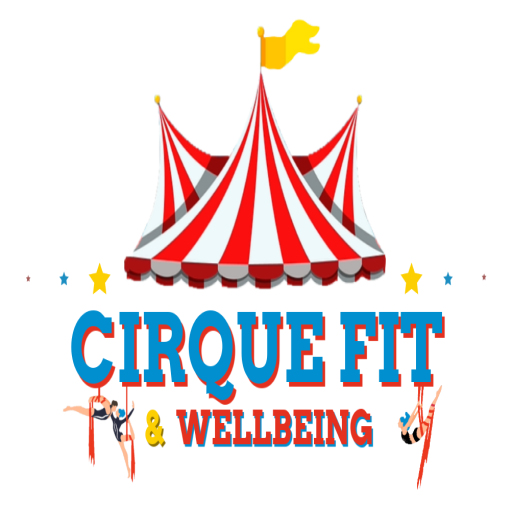Unleashing the Artistry of Pole Dancing: A Beginner's Guide
Welcome to the mesmerizing world of pole dancing! Perhaps you're looking to
explore a new form of fitness, seeking an exhilarating way to build strength, or eager to
unleash your inner artist. Whatever your motivation, pole dancing offers a truly unique blend of power, flexibility, and captivating grace. In this beginner's guide, we'll dive into the fundamentals, from understanding the core concepts to preparing for your first spin. Let's embark on this exciting journey together, transforming your approach to fitness and self-expression.
Understanding the Basics: Your Foundation in Pole
Before you even think about dazzling spins or gravity-defying inversions, it's essential to
grasp the foundational concepts of pole dancing. This isn't just about grabbing the pole and hoping for the best; it's about building a strong, safe, and effective base.
- Proper Posture: This is your starting point. Learning how to engage your core, lengthen your spine, and position your shoulders correctly will not only make movements look more elegant but also protect your body from strain. Think of it as finding your center and creating a strong line from head to toe.
- Hand Placements and Grip: Your hands are your primary connection to the pole. You'll learn various hand grips – from basic to more advanced – and understand how to engage your muscles effectively rather than just relying on friction. This isn't just about holding on; it's about using your hands as an anchor for powerful movements.
- Basic Walks and Transitions: Before you spin, you'll learn to move around the pole on your feet. These "pole walks" teach you how to flow around the apparatus with control and grace, preparing you for seamless transitions between tricks.
- Engaging Your Muscles: Pole dancing is a full-body workout. You'll quickly discover how to engage your core, back, shoulders, and legs in ways you might not have before. Understanding this muscular engagement is key to executing moves safely and efficiently.
Embrace each foundational movement with
intention and grace, and you'll soon find yourself moving with more confidence and fluidity on and around the pole.
Choosing the Right Pole: Your Equipment Essentials
Selecting the right pole is absolutely
crucial for your safety and comfort as you learn and progress. Whether you're setting up a home studio or just want to understand the equipment at your gym, here's what to consider:
- Static vs. Spinning Pole:
- Static poles remain stationary. They are often recommended for beginners as they provide a stable point of contact, making it easier to learn basic climbs, holds, and poses without the added challenge of rotation.
- Spinning poles rotate freely, allowing for dynamic, flowing movements and impressive momentum-based tricks. While incredibly fun, they require more core strength and control, so many beginners start on static before transitioning.
- Secure Installation: Regardless of the type, ensure your pole is securely installed according to the manufacturer's instructions. If you're setting up at home, this often means checking for ceiling joists or using a sturdy, pressure-mounted system. Safety is paramount – your pole must be able to support your full body weight and the dynamic forces of movement.
- Pole Material and Grip: Poles come in various materials, each offering a different level of grip:
- Chrome: This is the most common type, offering a good balance of grip and slipperiness. It's versatile for various moves and climates.
- Stainless Steel: Often preferred by those with nickel allergies, it's generally slicker than chrome but very durable.
- Brass: Offers more grip than chrome, especially in humid conditions, but can tarnish over time.
- Powder Coated: These poles offer significant grip due to their textured surface, great for those with very dry skin or who prefer more adherence. Your personal skin type, the climate, and your grip strength will influence which material feels best for your performance.
Warm-up and Safety Precautions: Prioritizing Your Well-being
Before every single pole session, dedicating time to a
thorough warm-up is absolutely key to preventing injuries and enhancing your performance. Pole dancing demands a lot from your body, so proper preparation is non-negotiable.
- Dynamic Stretches: Incorporate dynamic stretches that mimic pole movements – think arm circles, leg swings, torso twists, and hip rotations. These prepare your joints and muscles for the demands of climbing, spinning, and holding.
- Cardio Boost: A few minutes of light cardio, like jogging in place or jumping jacks, will get your blood flowing and raise your core body temperature, making your muscles more pliable.
- Targeted Muscle Activation: Focus on activating key muscle groups: engage your core with planks or crunches, warm up your shoulders with gentle rotations, and activate your lats.
- Grip Aids: Familiarize yourself with grip aids like Dry Hands, Tite Grip, or specialty gloves. These products can help you maintain a secure hold on the pole, especially as you sweat or if your hands are naturally dry. Test them out to see what works best for you.
- Maintaining Proper Form: Throughout your practice, always prioritize proper form over speed or complexity. It's better to do a basic move correctly and safely than to attempt an advanced trick with poor technique, which significantly increases your risk of injury. Listen to your body, don't push through sharp pain, and know when to rest.
By understanding these fundamentals and committing to safe practices, you'll build a strong foundation for your pole journey, allowing you to confidently explore this beautiful and empowering art form. Are you ready to take your first step onto the pole?


Hi there, I enjoy reading through your article. I like tto write a little
comment to support you.
I always learn something new when I visit this site.
Thanks for the valuable info!